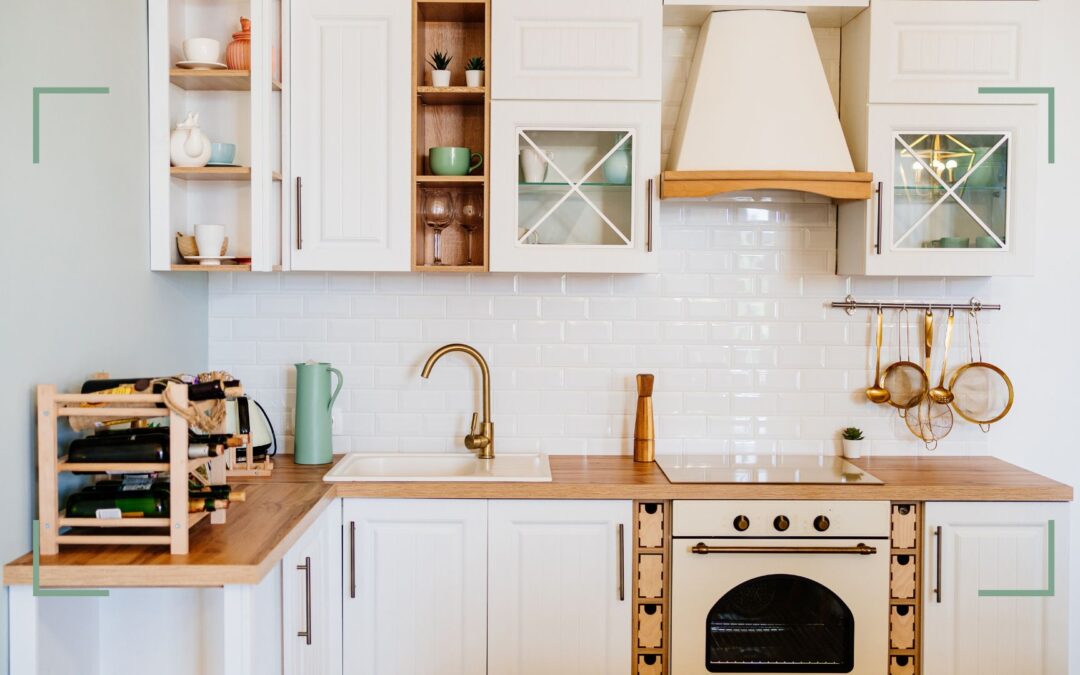The kitchen is often considered the heart of the home, and its functionality is greatly influenced by the design and layout. One key element that can significantly impact the efficiency of a kitchen is the pantry. In recent years, corner pantries have gained popularity for their ability to make the most of available space. In this article, we will explore the dimensions and design considerations for corner pantries, helping you create a kitchen that is both practical and stylish.
Understanding Corner Pantry Dimensions:
- Space Optimization: Corner pantries are an excellent choice for optimizing kitchen space. Unlike traditional walk-in pantries that may take up a large portion of a wall, corner pantries utilize the often neglected corner areas. This design allows for efficient storage without sacrificing valuable floor space.
- Dimensions: The dimensions of a corner pantry can vary based on the available space and the specific needs of the homeowner. However, a common recommendation is to allocate a minimum of 36 inches for each side of the corner. Creating a triangular space that allows for easy access to shelves and storage.
- Height: Corner pantries are typically designed to reach the ceiling to maximize vertical storage. A height of 84 to 96 inches is common, ensuring that the pantry can accommodate various items. Including bulk groceries and small kitchen appliances.
- Depth: The depth of a corner pantry is crucial for accommodating standard pantry items. A depth of 24 to 30 inches is typical, providing ample space for canned goods, boxed items, and kitchen equipment.
Design Tips for Corner Pantries:
Shelving and Organization:
Adjustable Shelves: Incorporate adjustable shelves to accommodate items of different heights. This flexibility allows you to customize the pantry based on your specific storage needs.
Pull-Out Shelves or Drawers: Consider installing pull-out shelves or drawers to maximize accessibility, especially in the deeper sections of the pantry. This design feature makes it easier to reach items stored at the back without the need to rummage through the entire pantry.
Lighting:
LED Lighting: Adequate lighting is essential for a functional pantry. LED strip lights or puck lights can be installed along the interior edges of the shelves to illuminate the space and make it easier to locate items.
Accessibility:
Lazy Susans or Turntables: In large corner pantries, incorporating lazy Susans or turntables can enhance accessibility. These rotating platforms allow you to efficiently access items stored in the back corners of the pantry without straining or reaching.
Clear Containers: Opt for clear storage containers to easily identify the contents of shelves. This not only adds a neat and organized look but also saves time when searching for specific items.
Door Options:
Sliding or Bi-Fold Doors: Traditional swinging doors can take up valuable space when opened. Sliding or bi-fold doors are practical alternatives, providing easy access to the pantry without obstructing the kitchen walkway.
Glass Inserts: If aesthetics are a priority, consider incorporating glass inserts into the pantry doors. This not only adds a touch of elegance but also allows you to visually check the pantry’s contents without opening the door.
Conclusion:
The dimensions and design of a corner pantry play a crucial role in enhancing the efficiency and aesthetics of a kitchen. By carefully considering the available space, shelving options, lighting, accessibility features, and door designs. Homeowners can create a corner pantry that meets their unique storage needs while contributing to a well-organized and visually appealing kitchen. Whether you have a small kitchen or a spacious one. A thoughtfully designed corner pantry can be a game-changer in maximizing functionality and storage capacity.

